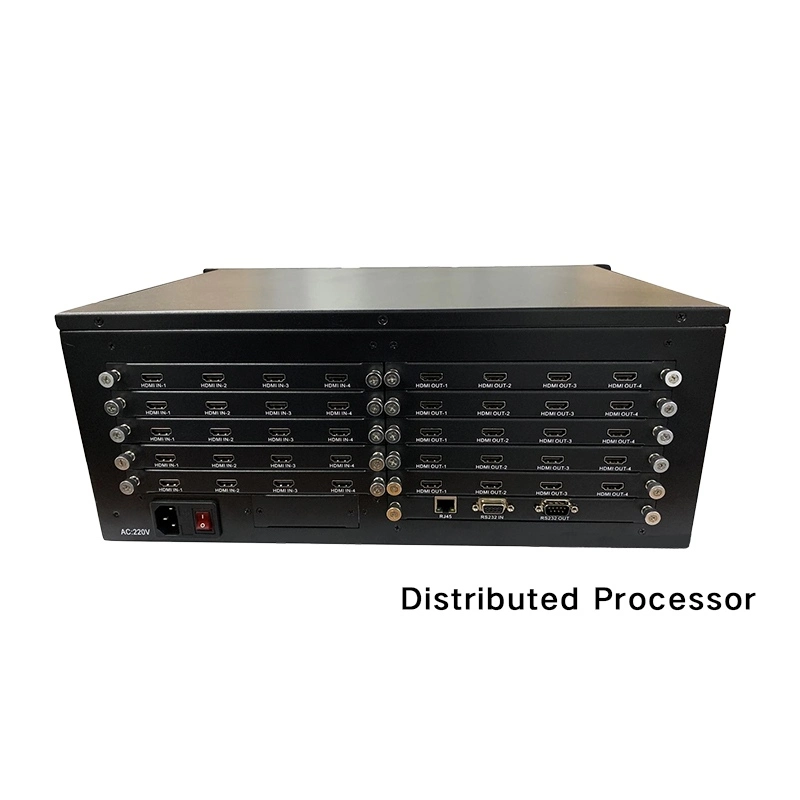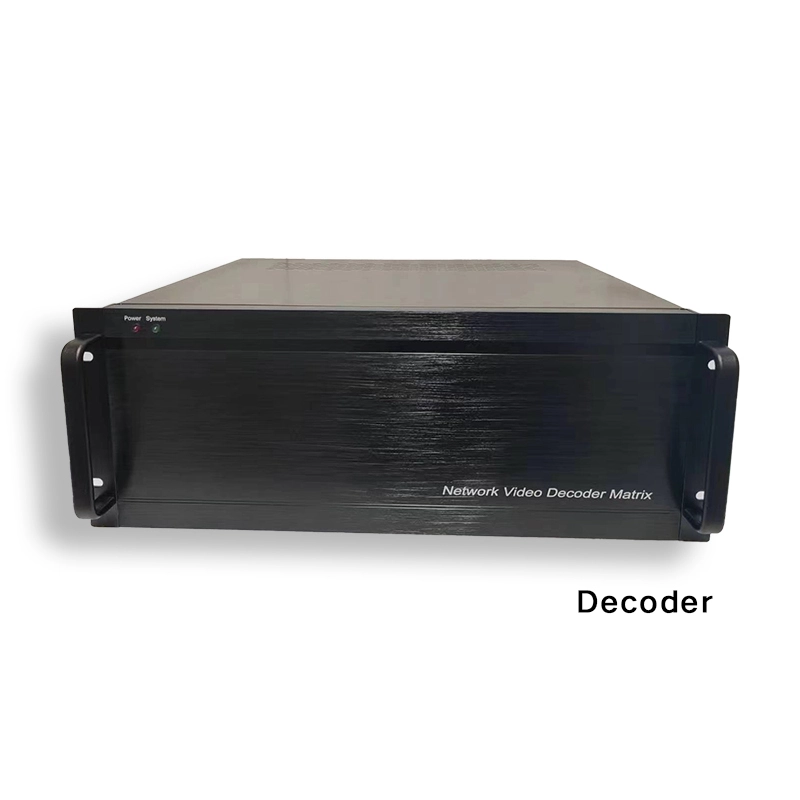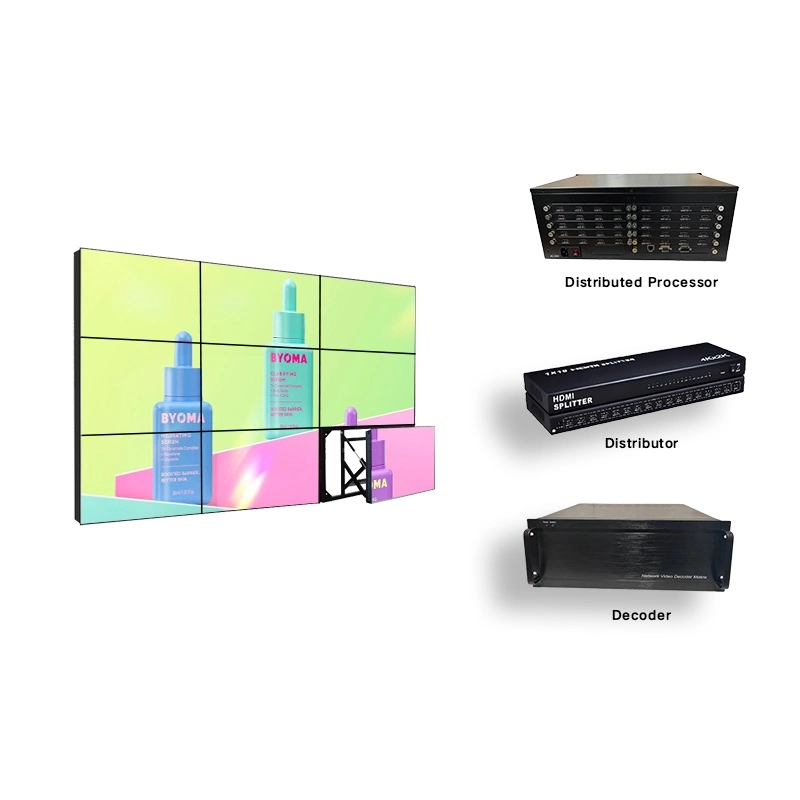<!-- Title -->
Qtenboard Distributed Video Processor System
A professional solution combining Sender, Decoder, and Distributed Processor for multi-screen visual control.
<!-- 1️⃣ Product Overview -->
1️⃣ Product Overview
The Qtenboard Distributed Video Processor System is a complete solution for managing multi-screen display projects.
It combines three key components — Sender (Distributor), Decoder, and Distributed Processor (Cloud Splicing Unit) —
to deliver stable signal transmission, flexible control, and seamless display performance.
This system is designed for LCD video walls, control centers, exhibition halls, and retail networks where synchronized and high-resolution visuals are essential.
<!-- 2️⃣ Product Comparison -->
2️⃣ Product Comparison
Each component plays a unique role in building a professional distributed video wall system. Here’s how they compare:
| Feature |
Sender (Distributor) |
Decoder |
Distributed Processor (Cloud Splicing) |
| Main Function |
Sends and distributes video signals to multiple displays. |
Decodes the received signals for screen output. |
Controls screen layouts, splicing, and switching via software. |
| Resolution Support |
Up to 4K |
Up to 4K |
4K depending on configuration |
| Control Mode |
Network configuration via CMS |
Auto recognition from sender |
Centralized remote control |
| Installation Location |
Signal source or control room |
Behind each display |
Server room or network center |
| Typical Application |
Advertising walls, exhibitions |
Terminal displays, signage systems |
Command centers, large-scale networks |
| Key Advantage |
Stable multi-channel output |
Smooth decoding and playback |
Flexible cloud-based splicing control |
<!-- 3️⃣ System Architecture -->
3️⃣ System Architecture
Together, these three devices form a layered and scalable architecture:
- Distribution Layer (Sender): Handles signal output and synchronization.
- Decoding Layer (Decoder): Converts signals into display-ready format.
- Control Layer (Distributed Processor): Manages splicing, scheduling, and remote configuration.
This modular setup ensures efficient operation across different display sizes and environments — from small retail setups to national command centers.
<!-- 4️⃣ Key Advantages -->
4️⃣ Key Advantages
- Modular System Design: Combine sender, decoder, and processor freely for different project scales.
- High Stability: Industrial-grade materials ensure 24/7 performance.
- Ultra-Low Latency: Real-time signal processing for smooth multi-screen playback.
- Cross-Platform Compatibility: Works perfectly with LCD video walls, LED displays, and signage systems.
- Smart Cloud Management: Configure and monitor remotely using Qtenboard CMS.
- OEM / Project Support: Flexible customization for global AV and signage projects.
<!-- 5️⃣ Application Scenarios -->
5️⃣ Application Scenarios
- Retail chains and shopping malls for synchronized advertising displays.
- Transportation hubs and control rooms for data visualization and monitoring.
- Corporate lobbies and conference centers for real-time presentations.
- Smart city command centers requiring flexible screen control.
<!-- 6️⃣ FAQ -->
6️⃣ FAQ
- Q1: Can the system support both LCD and LED screens?
Yes, Qtenboard processors are compatible with both LCD and LED display setups.
- Q2: Is remote management supported?
Absolutely. All components can be configured and monitored via our cloud CMS platform.
- Q3: How many screens can one processor handle?
It depends on the configuration. The system is scalable for small or large networks.
- Q4: Can it be integrated with third-party control systems?
Yes, we support open protocols for easy integration with other control systems.
<!-- Contact Button -->






